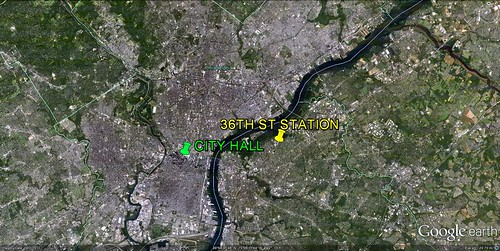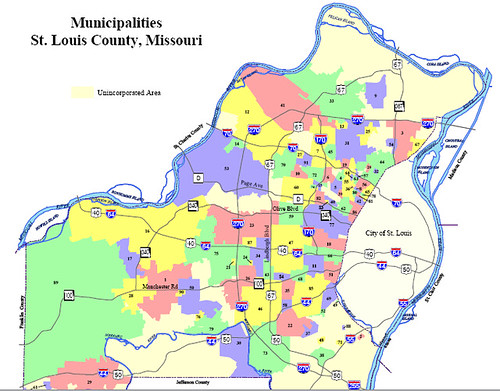 Posted Apr 30, 2012, 2:03 PM
Posted Apr 30, 2012, 2:03 PM
|
 |
Registered User
|
|
Join Date: Aug 2002
Location: Toronto
Posts: 52,200
|
|
|
Sustainability in the crazy-quilt world of metro regions
Sustainability in the crazy-quilt world of metro regions
April 30, 2012
By Kaid Benfield
 Read More: http://switchboard.nrdc.org/blogs/kb...ld%27s+Blog%29
Read More: http://switchboard.nrdc.org/blogs/kb...ld%27s+Blog%29
Quote:
Our highly fragmented "system" of local governments makes it nearly impossible to address important issues facing metropolitan America in a rational way. Indeed, just getting around a metro region can be a challenge.
- “In order to get from 36th Street Station on the Camden/Pennsauken border to 30th Street Station in Philadelphia, one must take light rail operated by NJTransit; the PATCO High-Speed Line operated by a subsidiary of the Delaware River Port Authority of Pennsylvania and New Jersey; and the Market-Frankford heavy rail line operated by SEPTA. Separate ticket purchases will be required for each.”
- The requirement to buy three separate tickets for what should be a simple commuting journey seems frustratingly quaint in the high-tech world of the 21st century. Yet, it’s not all that surprising given the intense jurisdictional fragmentation within our metropolitan areas. The Philadelphia-Camden metropolitan area, according to The Delaware Valley Regional Planning Commission, comprises two states, nine counties, and a staggering 353 municipalities. No wonder transit systems are fragmented as well.
- The Delaware Valley Regional Planning Commission is charged with responsibility for “the orderly growth and development of the region.” Anyone want to venture a guess as to its chances for success at that goal? The track record doesn’t give much cause for hope: The Commission was formed in 1965; but, from 1970 through 2000, the region grew a modest six percent in population, while growing about 44 percent in developed land. That doesn’t sound too “orderly” to me.
- By the way, I don’t blame metropolitan planning organizations like DVRPC for the failure to get a handle on growth patterns. For the most part, they do great work, and a fantastic job at data collection and sharing. More than any other group of local public entities in the US, they understand the important economic and environmental issues of the day at the scale that matters most. I just wish they had more authority. Especially when it comes to land use, MPOs are basically advisory, and their ability to influence what jurisdictions within their purview choose to do with regard to transportation, economic development, and other matters of great import tends to be extremely limited.
- Unfortunately, the jurisdictional boundaries of our municipalities are basically relics of history that bear almost no current relationship to how the economy or the environment actually operates. As a result, our crazy-quilt system of local government is seriously outmoded in most of America. Dysfunctional transportation is only one of the consequences, but it’s a good place to start.
- “Explore greater Washington — Prince George’s, Montgomery, Arlington and Fairfax counties and Alexandria. You will see numerous formerly suburban areas that are becoming denser and more urban, and ultimately more urbane. However, making this future polycentric metropolitan region really great will depend above all on developing an effective, region-wide system of transportation tying these areas together. “It also will depend on more affordable housing opportunities across the region for an expanding, increasingly mobile workforce; more business and institutional employment opportunities throughout the region; greatly improved elementary and secondary education in all the region’s jurisdictions; and improvements in preserving and sustaining the region’s environmental assets.
- There are a few examples of good regional cooperation around the country. Portland, Oregon has the nation’s only directly elected regional government, Metro, with legal authority over regional land use, transportation, and other specified issues in three counties and 25 cities. The region’s success in containing sprawl, preserving forests and farmland, redevelopment, and efficient transportation is renowned, in part because of the regional authority. But Metro’s jurisdiction does not extend to those parts of the Portland region across the Columbia River in Washington, which lag behind their Oregon neighbors in addressing these issues. Taking another approach, the seven counties that compose Minnesota’s Twin Cities region share tax revenues.
.....
|
It will take close to an hour under normal circumstances to traverse those five miles via transit, not counting walk time.
 Hubs of jobs and economic activity around metro Washington, DC
Hubs of jobs and economic activity around metro Washington, DC


__________________
ASDFGHJK
|



